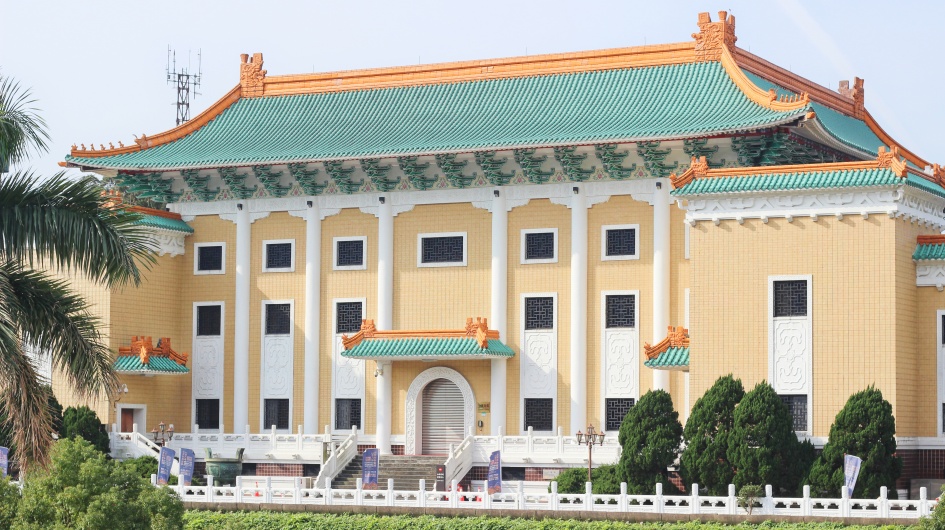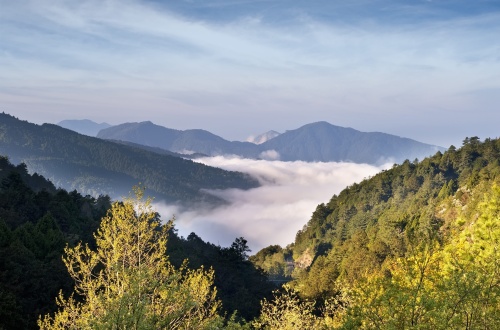Chaotian Temple in Yunlin

Located in Beigang Town, Yunlin County, Taiwan, Chaotian Temple in Yunlin is the main Mazu temple in Taiwan. Founded in the 33rd year of the Kangxi reign of the Qing Dynasty, it is a palace-style building with four halls and three courtyards, and has nice wood carvings and stone carvings as decorations. In 1985, it was named a Level 2 Historic Site. Every year, during times like Mazu's birthday, people hold big celebrations. These events draw many believers and tourists.
- Chinese name:朝天宫 Cháo Tiān Gōng
- Recommended Duration: 1-2 hours
- Entrance Fee: RMB 25 (free on the 10th day of every month)
- Opening Hours: 09:00-18:00 closed on Mondays
- Best time to visit: September to October
- Address: No. 4 Chaotian Palace, Wangfu Avenue, Qinhuai District, Nanjing City
-
How to get there:
By Metro: Take Line 1 to Zhangfuyuan Station (Exit 3), walk 8 minutes; or Line 2 to Shanghai Road Station (Exit 1), walk 15 minutes
By Bus: Take No. 4, 43, 48, 83, 302, 306 to Wangfu Avenue・Chaotian Palace Station or Mochou Road・Chaotian Palace Station, then walk
Highlights of Chaotian Temple
Minnan-Style Palace Complex and Carving Art
As a Level 2 Historical Site in Taiwan, the four-entry and three-courtyard palace-style architecture of Yunlin Chaotian Temple is a treasure of Minnan architectural art. The front hall features a double-eaves gable-and-hip roof structure. The Dragon Gate and Tiger Gate on both sides of the main entrance are symmetrically arranged. The roof is covered with vivid colorful Jiaozhi pottery (a traditional ceramic art) cut-and-pasted decorations, with lifelike sculptures of figures, birds and beasts. The main hall is a triple-eaves gable roof building, enshrining 30 Mazu statues including the "Heavenly Holy Mother" and "Meizhou Mazu". The wood carvings between the beam frames are exquisitely crafted by famous artisans, with distinct layers of dragon, phoenix, flower and bird patterns. On the stone railing posts outside the temple courtyard, the stone carvings of the Four Sea Dragons stand in vigorous and different postures. The stone carvings such as stone drums and stone pillows inside the hall are both practical and ornamental. Every detail showcases the craft inheritance from the Ming and Qing dynasties to modern times. Wandering here allows you to immerse yourself in the integrated beauty of religious architecture and traditional art.
Mazu's Birthday Procession Ceremony (Beigang Mazu Parade)
The Mazu's birthday celebration, held from the 19th to the 23rd of the third lunar month every year, is the most famous folk spectacle of Chaotian Temple and the core scene of the "March Mazu Fever". During the celebration, the streets of Beigang Town are packed with people. The several-kilometer-long procession is led by the "Electronic Music Third Prince" performers and bugle teams, followed by performers dressed as the "Thousand-Mile Eye", "Wind-Accompanying Ear" (the two divine generals of Mazu) and the "Four Heavenly Kings" parading along the streets. Wherever Mazu's divine sedan chair passes, believers set up incense tables to welcome it respectfully. Firecrackers dozens of meters long keep exploding. There is also the exciting "Sedan Chair Competing" ritual — divine sedan chairs from temples everywhere gather at intersections, and they try to get Mazu's sedan chair to detour through their communities by setting off firecrackers or blocking the way. Believers kneel down and crawl under the sedan chair to pray for blessings. Every household hosts a feast to entertain relatives and friends. The whole town is immersed in a pious and lively atmosphere. This vivid folk experience is known as a "living fossil" of Taiwan's religious culture.
The Old Street in Front of the Temple and the Mazu Cultural Ecosystem
Zhongshan Road Old Street, extending with Chaotian Temple as its central axis, forms a unique Mazu cultural ecosystem. Along the street, shops are densely distributed, including stores selling ritual supplies like incense, candles and paper offerings, Taiwanese specialty snack shops, and folk craft stores. From century-old pastry shops to handcrafted souvenir stalls, every shop is closely connected to the Mazu belief. Traces of "Bengang Lantern Art" are also hidden in the alleys of the old street. Around the Lantern Festival, giant dragon-shaped lanterns and rows of lanterns light up the streets. The "Beigang Bamboo Branch Poems" engraved on the walls record the grand scene of pilgrimages a hundred years ago. When you get tired from wandering, you can taste local specialties such as Beigang pork thick soup and peanut candy, and buy Mazu-themed cultural and creative products. You can feel the deep integration of Mazu culture into local life amid the lively atmosphere. This symbiotic scene of "temple - street - residents" has strong regional characteristics.
Educational Value
Chaotian Temple was founded in the 33rd year of the Kangxi reign of the Qing Dynasty (1694). It is the largest Mazu temple in Taiwan and also regarded as the principal Mazu temple on the island. Its Mazu statue was enshrined as a branch from the Meizhou Ancestral Temple in Fujian. This gives the temple a pivotal position in Taiwan's Mazu belief, making it recognized as the leading Mazu temple there. It attracts devotees from across Taiwan and even around the world to come and worship.
Activities to do at Chaotian Temple
Pray for blessings:Chaotian Temple is a core landmark for Mazu belief in Taiwan, and its daily worship is very special. You can wash your hands to clean your mind at the temple courtyard first, then go through the mountain gate by following the "enter left, exit right" rule. There are 30 Mazu statues in the main hall. The one in the center—a spiritual branch from Meizhou—has the most incense. Get free joss sticks and do the "Heaven, Earth, Humanity" three-bow ritual.
Drop us a line and we'll connect you with the top China expert in no time!
 Jiufen Old Street
Jiufen Old Street  Anping Old Fort
Anping Old Fort  National Palace Museum
National Palace Museum  Alishan
Alishan